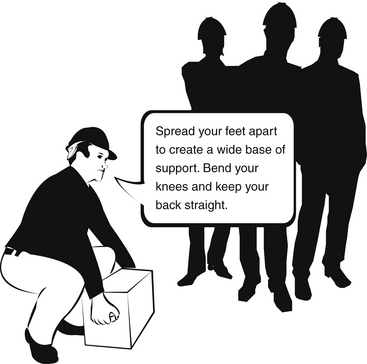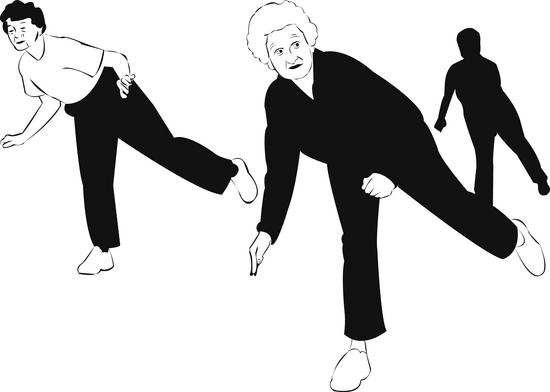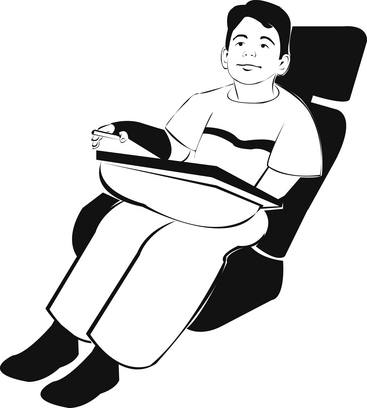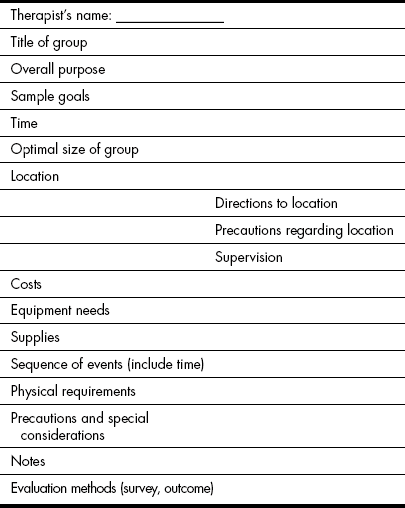Chapter 12 1 Describe the American Occupational Therapy Association’s Centennial Vision and the importance of the vision to the practice of occupational therapy. 2 Identify traditional occupational therapy practice areas and describe the role of the occupational therapy practitioner in these areas. 3 Identify emerging occupational therapy practice areas and describe the role of the occupational therapy practitioner in these areas. 4 Describe a variety of creative group activities addressing emerging areas of practice. The profession of occupational therapy will be 100 years old in 2017. In preparation for this landmark and in response to society’s changing needs, the American Occupational Therapy Association (AOTA) developed its Centennial Vision.1 AOTA’s Centennial Vision statement describes the future of the OT profession as powerful, widely recognized, science driven, and evidence based. A variety of strategies are being implemented to reach this vision. Powerful: OT practitioners are encouraged to seek leadership roles in health care, education, and policy making to help the profession meet society’s needs. The leadership positions will help to move the profession of occupational therapy forward as a powerful profession to better serve clients and their families. Widely recognized: An image-building campaign has been launched by AOTA to promote the profession such that it will be widely recognized globally. Members are encouraged to promote the profession locally, regionally, nationally, and internationally. The profession will be better able to meet society’s health care needs as it becomes more recognized. Science driven: The profession seeks scientists to engage in research to develop new and effective intervention methods to be used by OT practitioners. The profession will benefit from scientific evidence to support evaluation and intervention. Evidence based: Using research to support the efficacy of practice benefits the profession, clients, and stakeholders. Practitioners are urged to use the evidence to provide the best practice. Furthermore, practitioners are encouraged to contribute to the evidence base. Productive aging refers to helping older adults remain in their homes or on their own. As more people age and live healthier lives, services are required to allow them to remain independent. OT practitioners can provide services that allow older persons to live productive lives. For example, the profession has identified the need for low-vision services. OT practitioners can provide support and adaptations to help the older person with low vision continue to engage in a variety of occupations. Identifying specific needs of older adults and helping them remain safely at home are part of the domain of occupational therapy. Refer to Chapter 11 for detailed information on the needs of older persons who wish to remain in their own homes (Figure 12-1). Although OT practitioners work in early intervention settings and school systems, AOTA has identified the need for practitioners to explore practice with children and youth and, in particular, the area of training in the use of assistive technology. OT professionals can play important roles in assisting children using assistive technology, and helping children transition into the work force (Figure 12-2). Furthermore, practitioners can play a role in facilitating healthy physical and nutritional activity to prevent childhood obesity. An example of a fitness and nutritional group is described at the end of this chapter. Exploring opportunities for practitioners to help clients continue to engage in work and industry provides a new avenue for the profession. The need for ergonomics consulting to promote health and wellness in the work environment continues to evolve. Evaluating and designing effective work environments that promote productivity are all within the realm of OT practice (Figure 12-3). Figure 12-3 Occupational therapy practitioners evaluate and design effective work environments to promote productivity. Once the need for the group is established, the practitioner designs the group protocol. The group design and protocol provides the specifics of the group and includes such things as group membership, time, duration, location, purpose, goals, costs, and specific activities. Often budget, supplies, equipment, and supervision are included in the protocol. See Table 12-1 for a template of a group design and protocol. Importantly, practitioners decide in this phase how they will measure the group outcomes. This may be a group evaluation form (survey) or include postdata of client performance, depending on the purpose of the group. However, each group should include a measure to determine the group’s effectiveness with special attention on how participation in the group closed the gap identified in the needs assessment.
Emerging Occupational Therapy Practice Areas
Centennial Vision
Emerging Occupational Therapy Practice Areas

Developing Creative Group Protocols in Emerging Areas of Practice
![]()
Stay updated, free articles. Join our Telegram channel

Full access? Get Clinical Tree


Emerging Occupational Therapy Practice Areas













